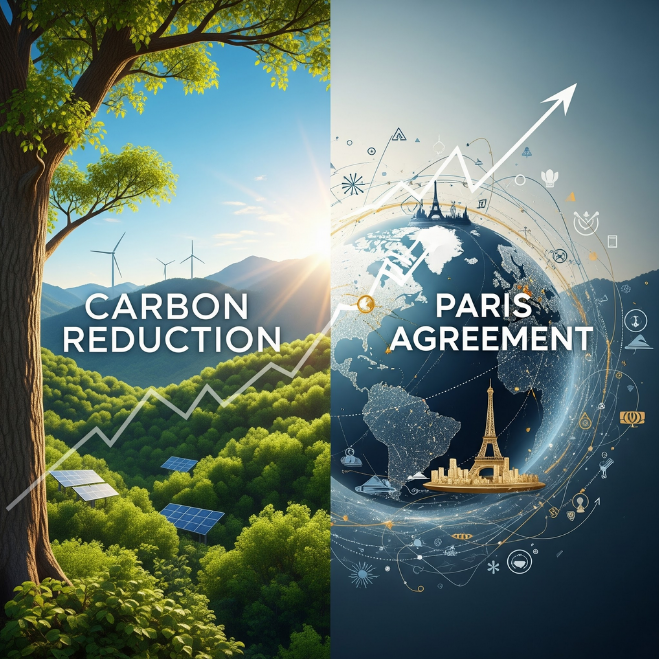Carbon Reduction - 1

Carbon reduction is manifested clearly in Paris Agreement which is a legally binding international treaty on climate change and it was adopted on 12 December 2015. The nations who signed were 195, agreed to work for carbon reduction. This agreement came into force on 4 November 2016. The UN’s Intergovernmental Panel on Climate Change pointed out that the global warming should be contained to 1.5 °C. It was also believed that the GHG would increase highest before 2025 but it would decline by 43% by 2030. The participating nations have agreed to submit annual national climate action plans from 2020 onwards and this is known as Nationally Determined Contributions (NDCs). The Paris Agreement has outlined the framework known as Financial, Technical and Capacity Building and accordingly the developed nations extend financial and other supports to developing nations to strive towards this framework. The Paris Agreement has extended all assistances to developing nations towards their efforts on climate change mitigation, and adaptation measures under the Enhanced Transparency Framework (ETF). The member nations have shown progress in carbon neutralizing targets and Zero-carbon solutions in the economic sectors which represent 25% of emissions. It is expected to achieve zero-carbon solutions in 2030 in the sectors where there are 70% of global emissions.
The European Union has achieved negative growth of 7.5 % on per capita GHG emissions and USA is the second negative growth of GHG emissions of 1.4% in 2022-23. India ranks the highest in GHG emissions with 6.1 % while second is China with 5.2% in 2022-23. Brazil has remained lowest with 0.1% growth in GHG emissions which is better than African Union with 0.7% in 2022-23. ( 2024 UNEP).
Back to News & Events